In recent years, there has been a growing interest in sustainable and eco-friendly food options. One such option gaining attention is green caviar, also known as sea grapes or Umibudo in Japanese. This unique delicacy offers a refreshing twist to the traditional caviar experience, while also promising a more sustainable future for seafood lovers. In this article, we explore the origins of green caviar, its nutritional value, and its potential as a game-changer in the culinary world. 1. The Origins of Green Caviar: Green caviar is a type of seaweed that belongs to the family of Caulerpa. Native to the coastal regions of Japan, Southeast Asia, and the Pacific Islands, it is characterized by its small, bead-like appearance that closely resembles caviar. Traditionally, green caviar has been consumed in Okinawa, Japan, where it is highly regarded for its taste and health benefits. 2. Nutritional Value: Green caviar is not only a unique culinary delight but also a powerhouse of nutrition. Packed with essential vitamins and minerals, this delicacy offers a range of health benefits.
.
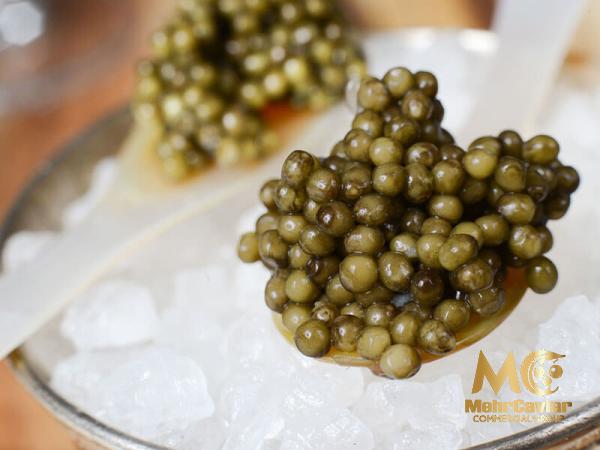 It is a rich source of vitamin C, vitamin A, iron, and dietary fiber. Additionally, green caviar is low in calories and contains a high level of antioxidants, making it a healthy choice for those seeking a balanced diet. 3. Sustainable Seafood Alternative: The cultivation of green caviar requires minimal resources and has a significantly lower impact on the environment compared to traditional caviar production. Unlike sturgeon, which takes years to mature and reproduce, green caviar can be harvested within weeks of cultivation, allowing for sustainable production on a large scale. This makes it an attractive alternative for environmentally-conscious consumers and chefs who are looking to minimize their ecological footprint. 4. Culinary Applications: Green caviar’s unique texture and appearance make it an exciting addition to various culinary creations.
It is a rich source of vitamin C, vitamin A, iron, and dietary fiber. Additionally, green caviar is low in calories and contains a high level of antioxidants, making it a healthy choice for those seeking a balanced diet. 3. Sustainable Seafood Alternative: The cultivation of green caviar requires minimal resources and has a significantly lower impact on the environment compared to traditional caviar production. Unlike sturgeon, which takes years to mature and reproduce, green caviar can be harvested within weeks of cultivation, allowing for sustainable production on a large scale. This makes it an attractive alternative for environmentally-conscious consumers and chefs who are looking to minimize their ecological footprint. 4. Culinary Applications: Green caviar’s unique texture and appearance make it an exciting addition to various culinary creations.
..
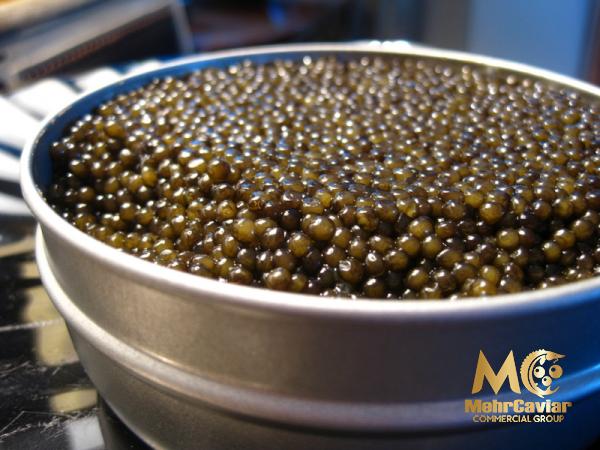 Its crunchy texture and slightly salty taste lend themselves well to salads, sushi rolls, and garnishing seafood dishes. Chefs around the world have started experimenting with green caviar, incorporating it into contemporary dishes to add a touch of elegance and novelty. 5. Market Growth and Future Potential: As green caviar gains recognition for its delicious flavor and sustainability, its market demand is on the rise. Restaurants, hotels, and retailers are increasingly including this delicacy on their menus, catering to a growing number of eco-conscious consumers. With advancements in cultivation techniques, we can expect to see the availability of green caviar expand even further, making it accessible to a wider audience.
Its crunchy texture and slightly salty taste lend themselves well to salads, sushi rolls, and garnishing seafood dishes. Chefs around the world have started experimenting with green caviar, incorporating it into contemporary dishes to add a touch of elegance and novelty. 5. Market Growth and Future Potential: As green caviar gains recognition for its delicious flavor and sustainability, its market demand is on the rise. Restaurants, hotels, and retailers are increasingly including this delicacy on their menus, catering to a growing number of eco-conscious consumers. With advancements in cultivation techniques, we can expect to see the availability of green caviar expand even further, making it accessible to a wider audience.
…
 Conclusion: Green caviar represents a culinary adventure that combines taste, nutrition, and environmental sustainability. With its appealing appearance, unique texture, and impressive nutritional profile, it is no surprise that this seaweed delicacy is making waves in the culinary world. Green caviar is an excellent example of how innovation and sustainable practices can revolutionize an industry, providing us with a viable alternative to traditional seafood choices. As awareness and appreciation for green caviar continue to grow, we can anticipate its integration into mainstream dining experiences, playing a crucial role in shaping a more sustainable future for our planet.
Conclusion: Green caviar represents a culinary adventure that combines taste, nutrition, and environmental sustainability. With its appealing appearance, unique texture, and impressive nutritional profile, it is no surprise that this seaweed delicacy is making waves in the culinary world. Green caviar is an excellent example of how innovation and sustainable practices can revolutionize an industry, providing us with a viable alternative to traditional seafood choices. As awareness and appreciation for green caviar continue to grow, we can anticipate its integration into mainstream dining experiences, playing a crucial role in shaping a more sustainable future for our planet.

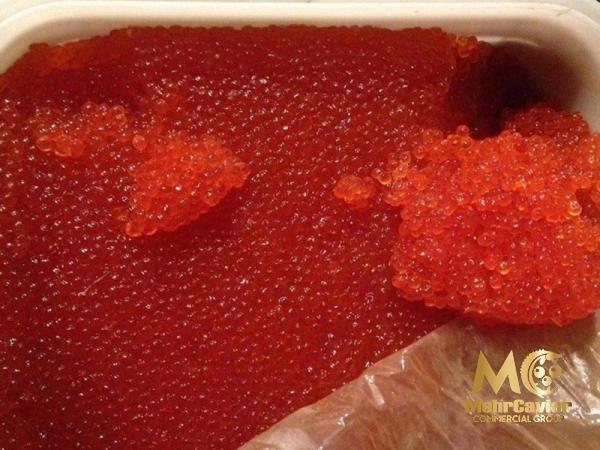
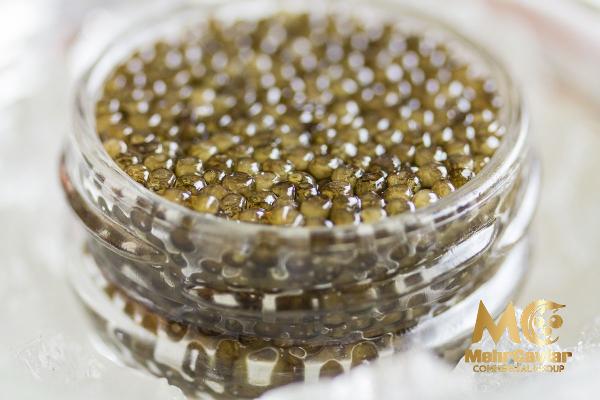




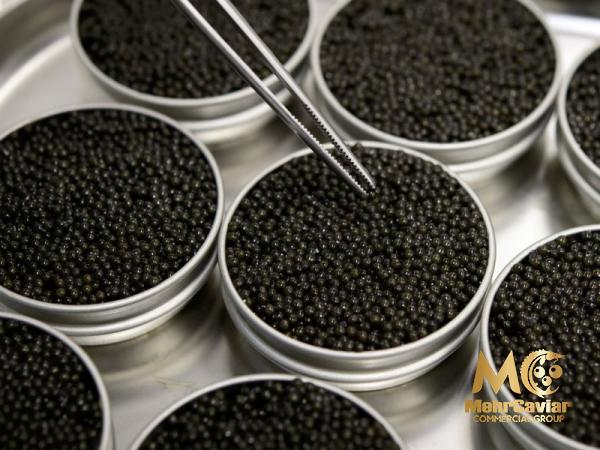
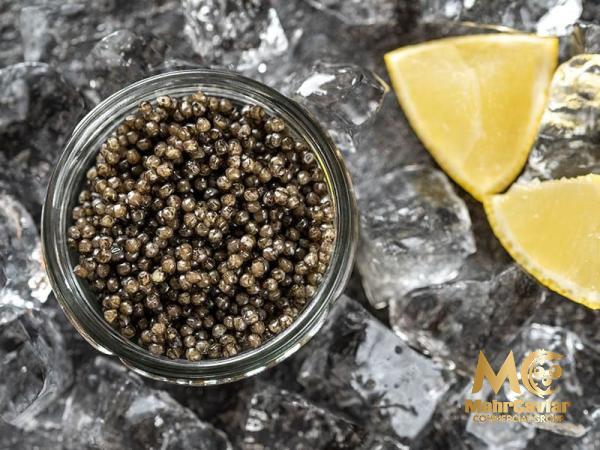
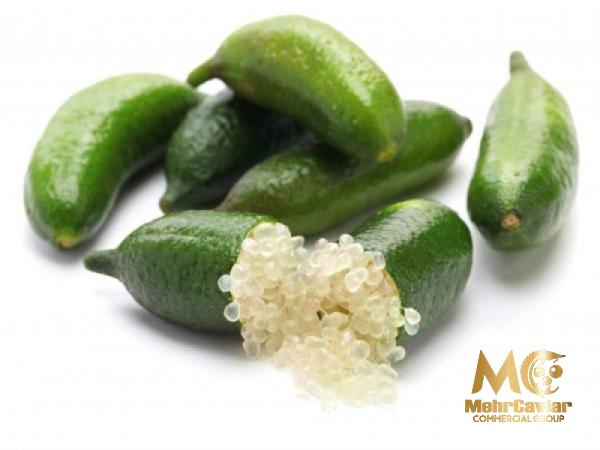
Your comment submitted.